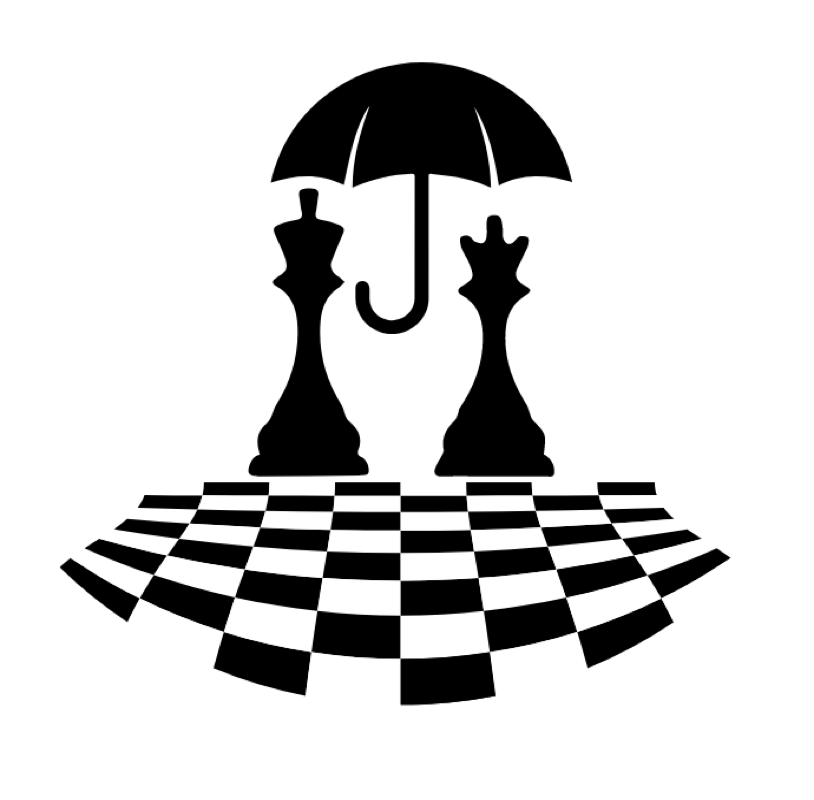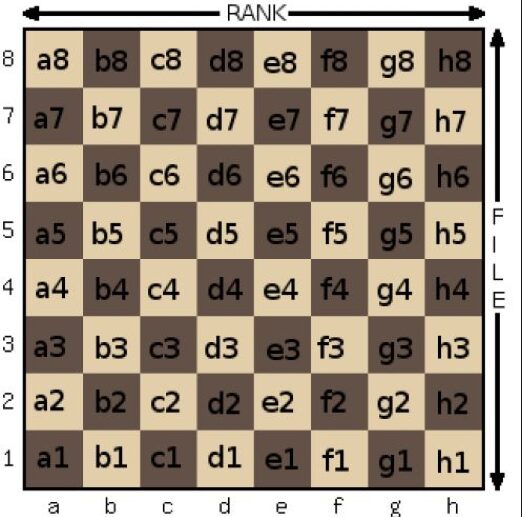Many beginner parents and kids ask me about the standard algebraic notation used for chess.
Let me tell you, chess notation is so much fun and easy to learn. I can guarantee that you can learn in 30 minutes, and will be an expert in 2-3 days. It is that easy!!
At Puddletown, we very strongly encourage you to learn the notation and notate your in-person games right from day#1. We do this because we know the importance of notation.
- Record Keeping and Analysis: Chess notation enables you to document and analyze your games systematically, and helps you improve by identifying mistakes and strategic insights. This is by far the #1 way to improve your game as a beginner!! And that is the reason, me, and my cofounders spend all our time helping you analyze your games at the tournaments. I invite you to come spend time with us to analyze your games at the next tournament!
- Communication and Opening Theory: Notation is also the universal chess language, and facilitates clear communication about moves and enables the understanding and memorization of opening sequences critical for strategic play.
Oh, I highly recommend my co-founder Zoey’s popular YouTube video that will help you learn notation very quickly: https://www.youtube.com/watch?v=iOowbXiyNYQ
With that out of the way, here is quick summary about chess notation:
Notation form is something like this example: Be1

Every square on the board has a name – example d5, e4 c3 etc. basically think of it like a coordinate on a graph.
- Chess notation means writing down the moves of a chess game.
- Current standard for chess notation is algebraic notation.
- Each move of a piece is indicated by the piece’s uppercase letter, plus the coordinates of the destination square.
The abbreviations for the different chess pieces are:
- K for king
- Q for queen
- R for rook
- B for bishop
- N for knight
- and no letter for the pawn -> basically if you are moving a pawn, don’t put any abbreviation for the piece, just mark the move directly.
You show a capture with the multiplication sign: x.
Special symbols:
- + for check
- # for mate
- Q after the move for promotion to a queen
- 0-0 for short or kingside castling
- 0-0-0 for long or queenside castling.
Some examples:
- Be5 -> bishop moves to e5
- Nf3 -> knight moves to f3
- Nxc7+ -> knight captures the piece on c7 and checks the king
- Qxg4# -> queen captures the piece on g4 and check-mates the opponent
- d8=Q -> pawn moved to the d8 square and promotes to Queen




